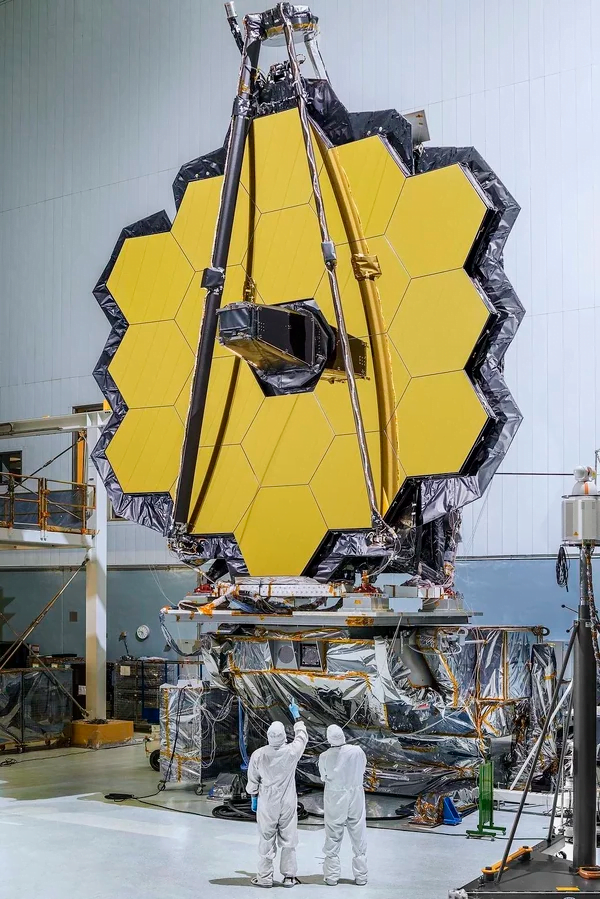In a momentous breakthrough, the James Webb Space Telescope (JWST) has identified a vast plume of water vapor emanating from Enceladus, one of Saturn’s icy moons. Enceladus has long fascinated scientists due to its unique spray of water and the presence of a potentially habitable salty ocean. The recent discovery, as reported by the BBC, has ignited excitement among astronomers.
The evidence for the water vapor stream was collected during NASA’s Cassini mission, which spanned from 2004 to 2017. While previous plumes had been detected on Enceladus, this particular finding stood out. The European Space Agency (ESA) estimated that water was gushing out at a staggering rate of approximately 300 liters per second, equivalent to filling an Olympic-sized swimming pool within a matter of hours.
The JWST’s Near-Infrared Spectrograph (NIRSpec), renowned for its remarkable sensitivity, played a pivotal role in analyzing the characteristics of the plume. Through these observations, scientists discovered that roughly 30% of the vapor contributes to a misty ring of water located within Saturn’s famed E-ring. The astronomers’ groundbreaking findings were published in the prestigious journal Nature Astronomy.
Professor Catherine Heymans, Astronomer Royal for Scotland, shed light on the fascinating dynamics at play on Enceladus. Despite surface temperatures plunging to a bone-chilling minus 200 degrees Celsius, the moon’s core generates sufficient heat to warm the water, giving rise to these awe-inspiring plumes. These conditions mirror the extreme environments found in the depths of Earth’s oceans, where life thrives. However, any potential life on Enceladus would likely be in the form of deep-sea bacteria, rather than more complex organisms.
Driven by these extraordinary discoveries, astronomers have proposed an ambitious NASA mission known as the Enceladus Orbilander. As the name implies, this mission would involve orbiting the moon to collect samples from its geysers, much like the Cassini mission accomplished.
Meanwhile, both NASA and ESA have set their sights on the ice-covered moons of Jupiter. Moons such as Europa and Ganymede, with their expansive oceans, hold immense promise as potential havens for life due to their size and capacity to sustain liquid water.
The duration for which Enceladus has retained liquid water remains uncertain. It is plausible that the moon has been frozen for too long to foster the emergence of life. Conversely, Jupiter’s larger moons, including Europa and Ganymede, might have maintained liquid water over prolonged periods, creating more favorable conditions for life’s development.
With each new scientific endeavor, researchers delve deeper into the enigmatic realms of these celestial bodies, inching closer to unraveling the mysteries of life beyond Earth.


